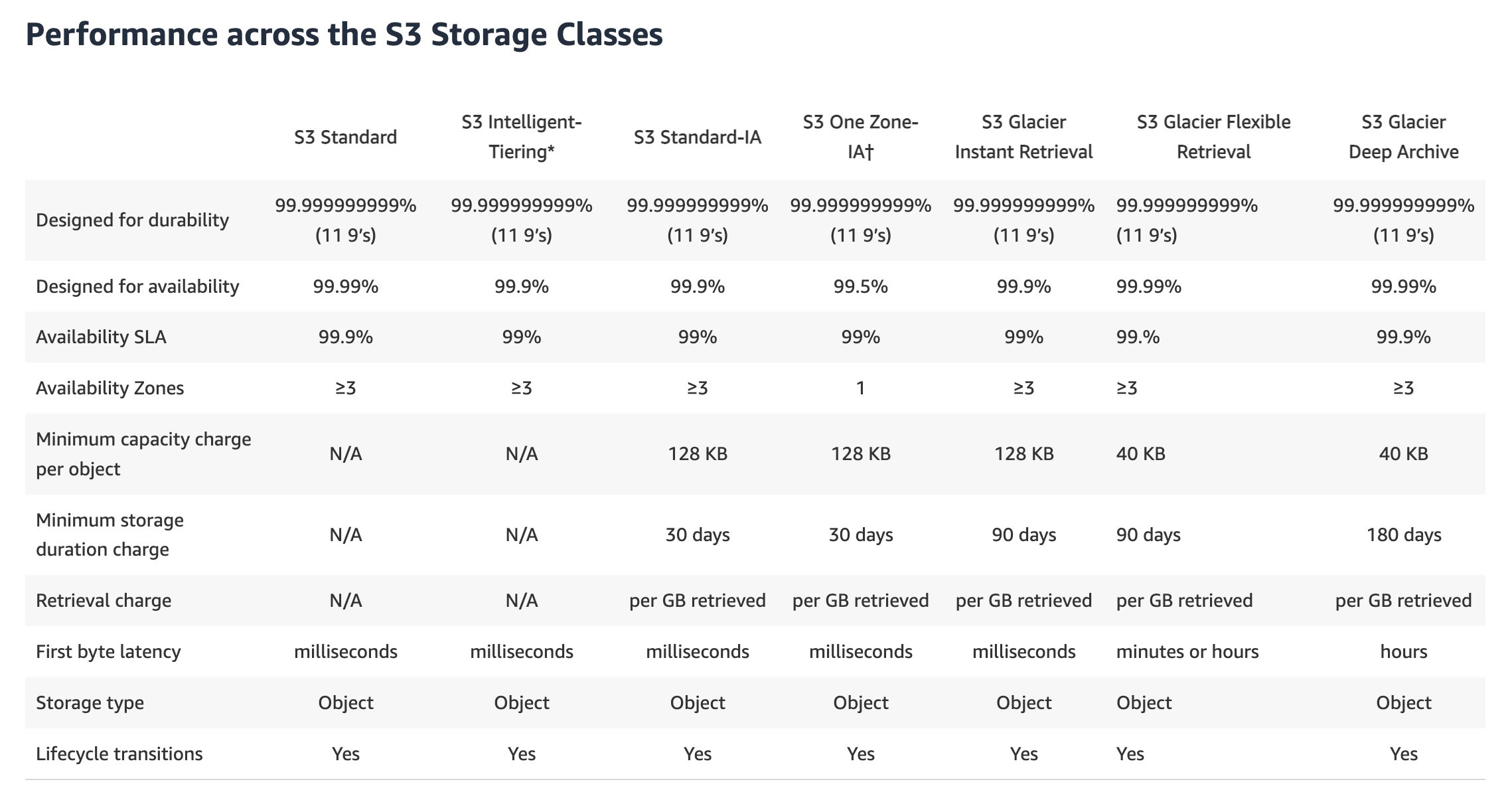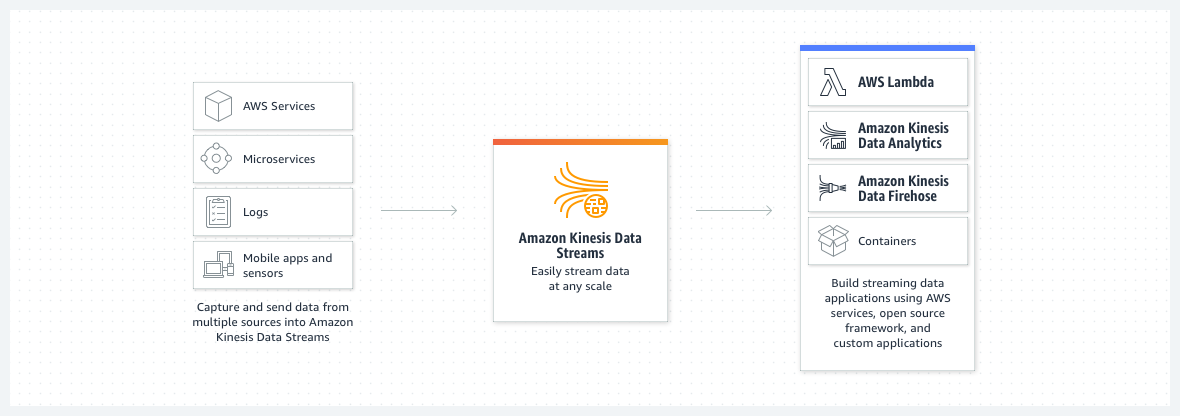High Lights- 5
AWS WAF & CloudFront Integration
- AWS WAF is tightly integrated with Amazon CloudFront and the Application Load Balancer (ALB), services commonly used to deliver web content.
- When used with CloudFront, WAF rules run at AWS Edge Locations globally, protecting any HTTP web server including EC2 and on-premises servers.
- You can enforce HTTPS between CloudFront and your server and between CloudFront and viewers.
Amazon S3 Storage Classes & Security
- The S3 Intelligent-Tiering class optimizes storage costs by automatically transitioning objects between frequent and infrequent access tiers.
- Amazon S3 Bucket Keys reduce SSE-KMS costs by generating unique data keys locally per object, reducing AWS KMS API calls by up to 99%.
- Using a VPC endpoint for S3 enhances security and network cost-efficiency, but doesn’t affect KMS pricing.
- The S3 Snapshot Recycle Bin retains deleted EBS snapshots for a configurable period (e.g., 7 days) to allow recovery from accidental deletion.

Amazon Kinesis
-
Kinesis Data Firehose is an ETL service that captures and delivers streaming data to destinations like data lakes and analytics services.
- It supports only one destination per stream (no multi-consumer setup).

-
Kinesis Data Streams require batching and parallel HTTP requests to efficiently send large numbers of records.
- Simply looping PutRecord API calls is not efficient.

Amazon FSx vs EFS in Transfer Family
- Amazon FSx for Lustre is not natively supported by AWS Transfer Family for SFTP.
- Amazon EFS is supported by Transfer Family and enables secure access, IAM-based policies, and POSIX permissions when deployed with Elastic IPs in a VPC.
High Availability and Failover
- An active-passive failover configuration ensures standby resources are ready if primaries go down.
- Amazon RDS Multi-AZ handles failovers automatically by switching the DNS CNAME to the standby, promoting it as the new primary.
AWS Global Accelerator
- Lets you associate static anycast IPs to AWS resources like ALBs, NLBs, EC2, and Elastic IPs.
- Enables seamless endpoint migration across AZs or Regions without DNS changes.
- Allows traffic control via traffic dials and endpoint weights for blue/green deployments or performance testing.
Amazon ElastiCache for Session Management
- Supports in-memory caching using Memcached or Redis, ideal for use cases like:
- Real-time analytics
- Caching
- Messaging
- Leaderboards
- Geospatial use cases
- ML and streaming applications
- Session stores
CloudFront CDN and S3
- CloudFront caches content at edge locations after the initial request to Amazon S3.
- This significantly improves performance for repeated uploads/downloads like video files.
- Blog Reference
🔥 Super Important
- CloudFront only supports ACM certificates from the
us-east-1(N. Virginia) Region, even if your application is hosted elsewhere.- Custom domain HTTPS for CloudFront must use a certificate from this region
💡 AWSEC2-PatchLoadBalancerInstance Automation Document
The AWSEC2-PatchLoadBalancerInstance Systems Manager Automation document is used to safely patch EC2 instances behind a load balancer.
Here’s how it works:
- Automatically removes the EC2 instance from the ALB target group
- Waits for in-flight requests to complete before taking any action
- Applies patches and performs reboots if necessary
- Re-registers the instance back to the load balancer after patching
This prevents application downtime or request failures during patching.
It also ensures compliance with your security patching policies.
🕒 Maintenance Windows with Systems Manager
Systems Manager Maintenance Windows help schedule controlled and automated patching.
- You can run Automation documents or Lambda functions at specific times
- Use it to automatically remove instances from the load balancer, run patching workflows like
AWSEC2-PatchLoadBalancerInstance, and then add them back safely
EC2 Instance Types
- Amazon EBS volumes are particularly well-suited for use as the primary storage for file systems, databases, or for any applications that require fine granular updates and access to raw, unformatted, block-level storage.
- For high I/O performance, instance store volumes are a better option.